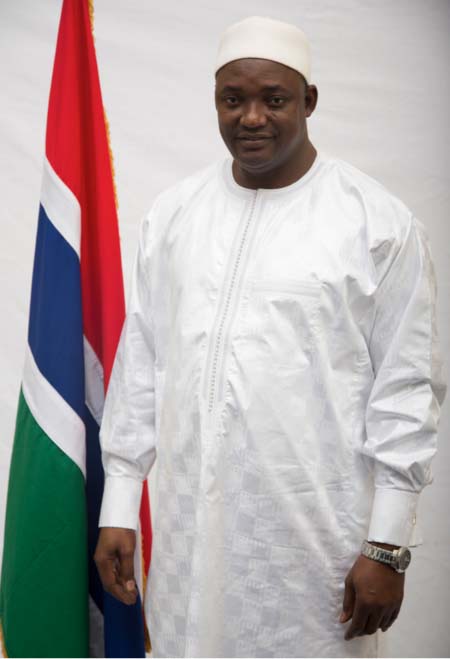Known as the Recovery-Focused National Development Plan (RF-NDP) 2023-2027, the set of developmental decisions will focus on maintaining the development trajectory of the country and revamp the national economy suppressed by both internal and external shocks mainly caused by the Covid-19 pandemic and the Russia-Ukraine war.
Launching the RF-NDP 2023-2027, dubbed as YIRIWAA, at the State House on Friday 9 February 2024, the President said: “This Plan succeeds the last Development Plan, 2018-2021, and is the second National Plan during my Presidency.
“YIRIWAA marks a transformative journey towards sustainable and resilient development. Its successful implementation will not only fulfil our medium-term development aspirations, but also contribute significantly towards the achievement of the Sustainable Development Goals (SDGs), Agenda 2063.
“While implementing the previous Plan, my government employed numerous measures to stabilise the economy, restore public confidence, and strengthen democratic institutions. Despite this, we recognise the urgency to do more, especially in terms of resilience building, thus the formulation of the Recovery-Focused National Development Plan to foster sustainable and resilient development.”
The goal of the YIRWAA Plan, according to the President, is to consolidate gains in democratic governance, accelerate green economic and social transformation, and build “resilience to shocks and crises”.
Implementing the plan will be organised around seven pillars, he added: “Each pillar represents a critical facet of our national development, with green recovery integrated into every aspect of the framework.
“Through these pillars, my government aims to lay the foundations for resilient communities, while addressing the most pressing economic and social challenges that confront us.”
With its robust accountability framework, the Plan is designed to respond to the Government’s commitment to focusing on tangible results, implementing strong monitoring and evaluation processes, and strengthening engagement with the Gambian citizens in the country and the Diaspora.
Recognising the persistent global and regional economic challenges, Barrow said, “We are mindful of their adverse impact on our country. Economic contractions, inflation, and tightening monetary policies in advanced economies present challenges that demand fortifying our institutions and resilience against all uncertainties.”
The YIRIWAA Plan is accompanied by a financing strategy that presents “an optimistic funding scenario of US$3.5 billion and a conservative scenario of US$2.8 billion”.
He said the optimistic scenario assumes that “resources will be available” to implement all the priority areas in the Plan.
“On the contrary,” he noted, “the other scenario assumes that resources would be available to implement only the top priorities in the Plan.”
To address the funding requirements, the President said: “My government will explore a three-pronged financing strategy: domestic resource mobilisation, innovative financing, and concessionary financing. All of them are geared towards promoting green investments and sustainable development.”
He added that the Government would enhance domestic resource mobilisation to harness the strength of the country’s internal financial capacity and ensure that the Gambia’s developmental journey “is anchored” on self-reliance.
“With the required collaboration and support,” he said, “I am optimistic that my government will successfully raise the needed resources to effectively implement all the priorities in the Plan. In particular, as we advocate an all-hands-on-deck approach throughout the implementation phase, and without leaving any stone unturned in our search for resources to fund the process, we are designing an Integrated National Financing Framework (INFF) under the leadership of the Ministry of Finance.”
He added: “Our objective is to optimise management of development financing and, in the short to medium term, meet the financing gap of the RF-NDP. This is calculated to accelerate achievement of the Sustainable Development Goals (SDGs), both of which are closely aligned.”
Other expected benefits include a more holistic development financing strategy, Barrow highlighted, saying:“This is based on an integrated view of the entire development financing landscape to promote more strategic decision-making processes on greater mobilisation and use of different financing resources.
“We will use the INFF to explore innovative sources of finance, such as new instruments for climate finance. The strategy is to allow us to leverage public and private financing to build a wider constituency for reform.”
He also said the governance and coordination framework for implementing and financing the YIRAWAA RF-NDP, through the INFF, “will have a unified structure”, reaching Cabinet level for overall guidance and supervision.
Source link : https://thepoint.gm/africa/gambia/headlines/barrow-launches-gambias-development-plan
Author :
Publish date : 2024-02-12 08:00:00
Copyright for syndicated content belongs to the linked Source.
